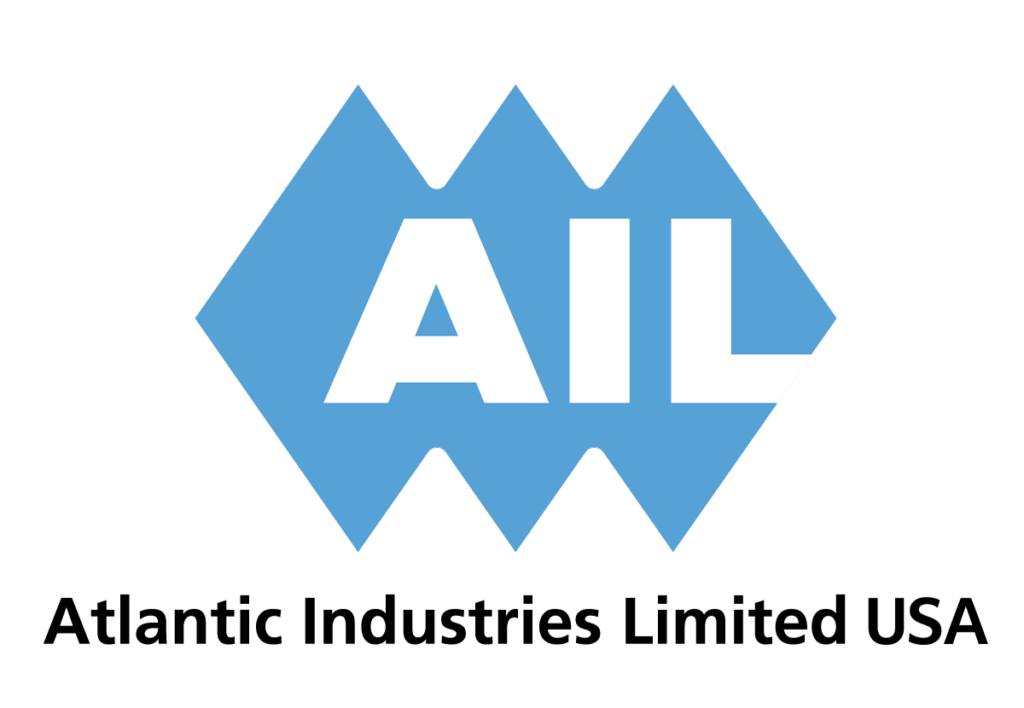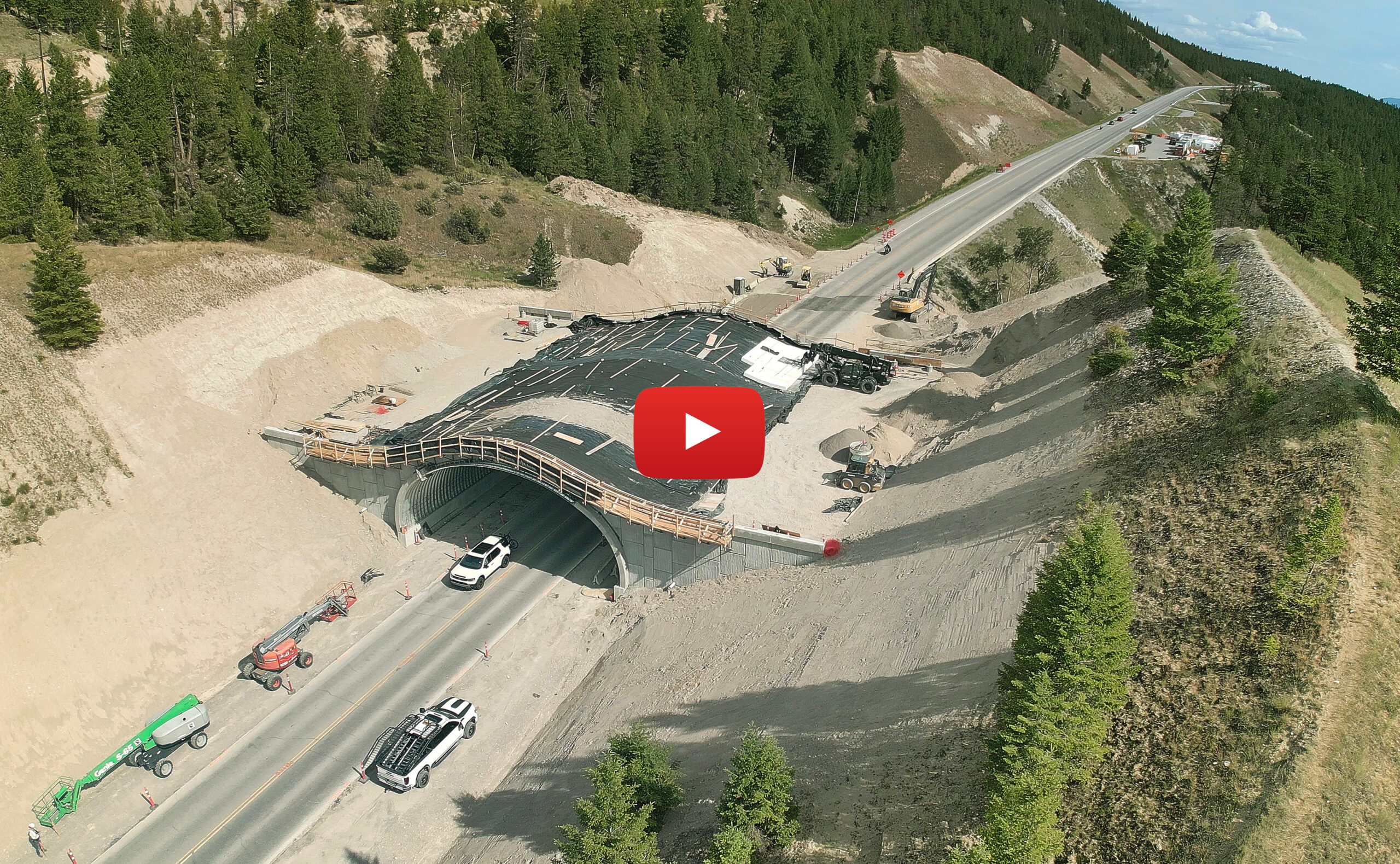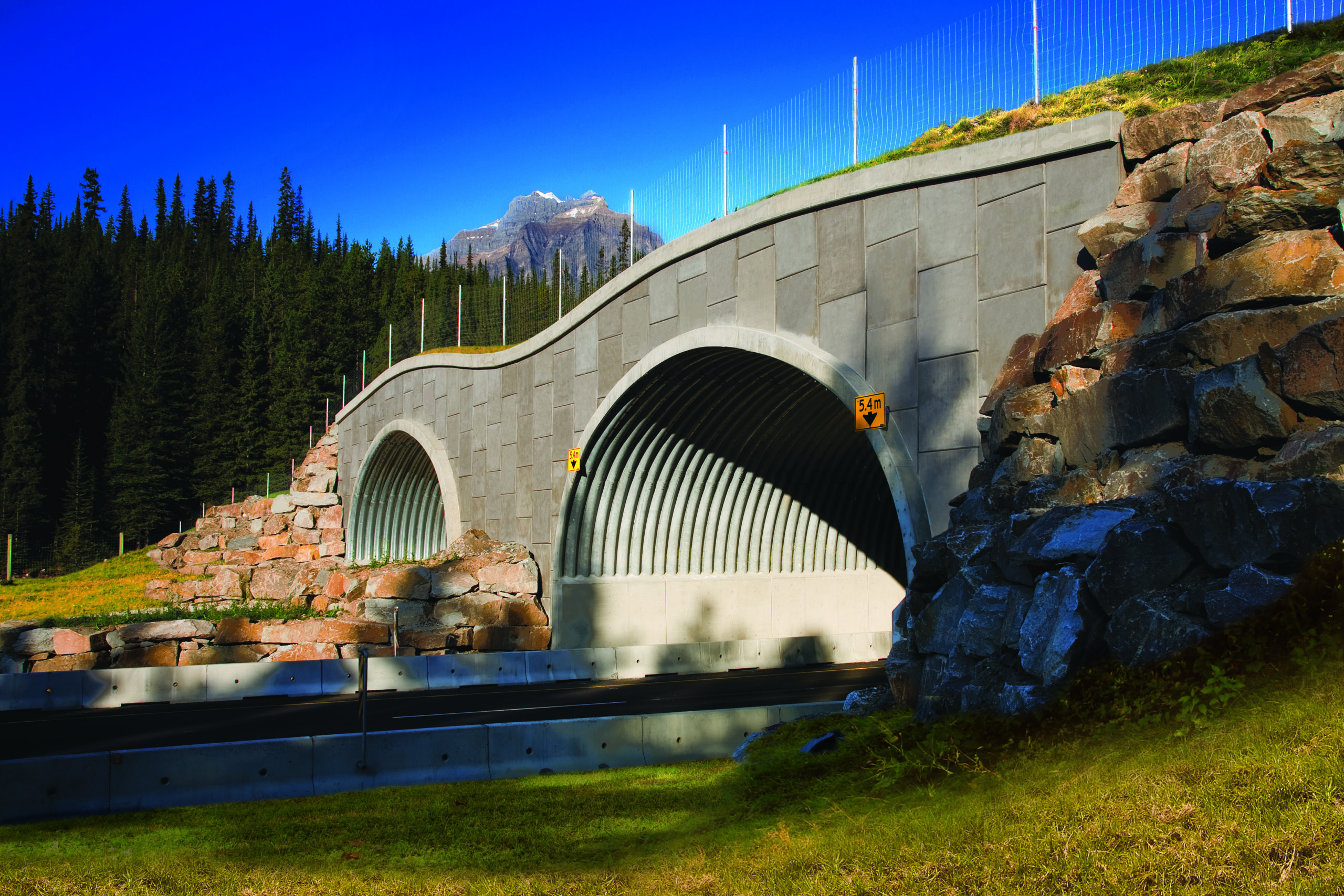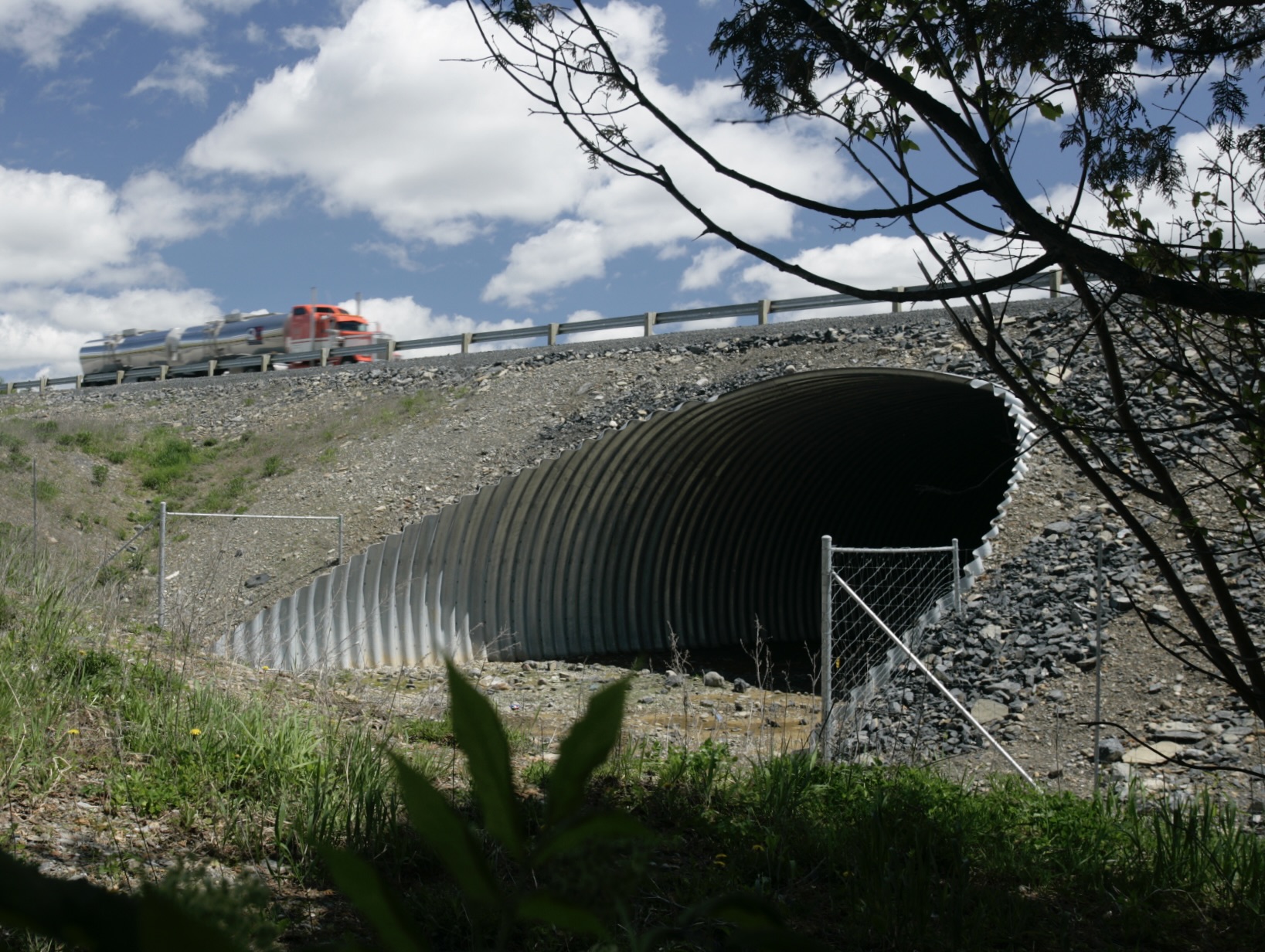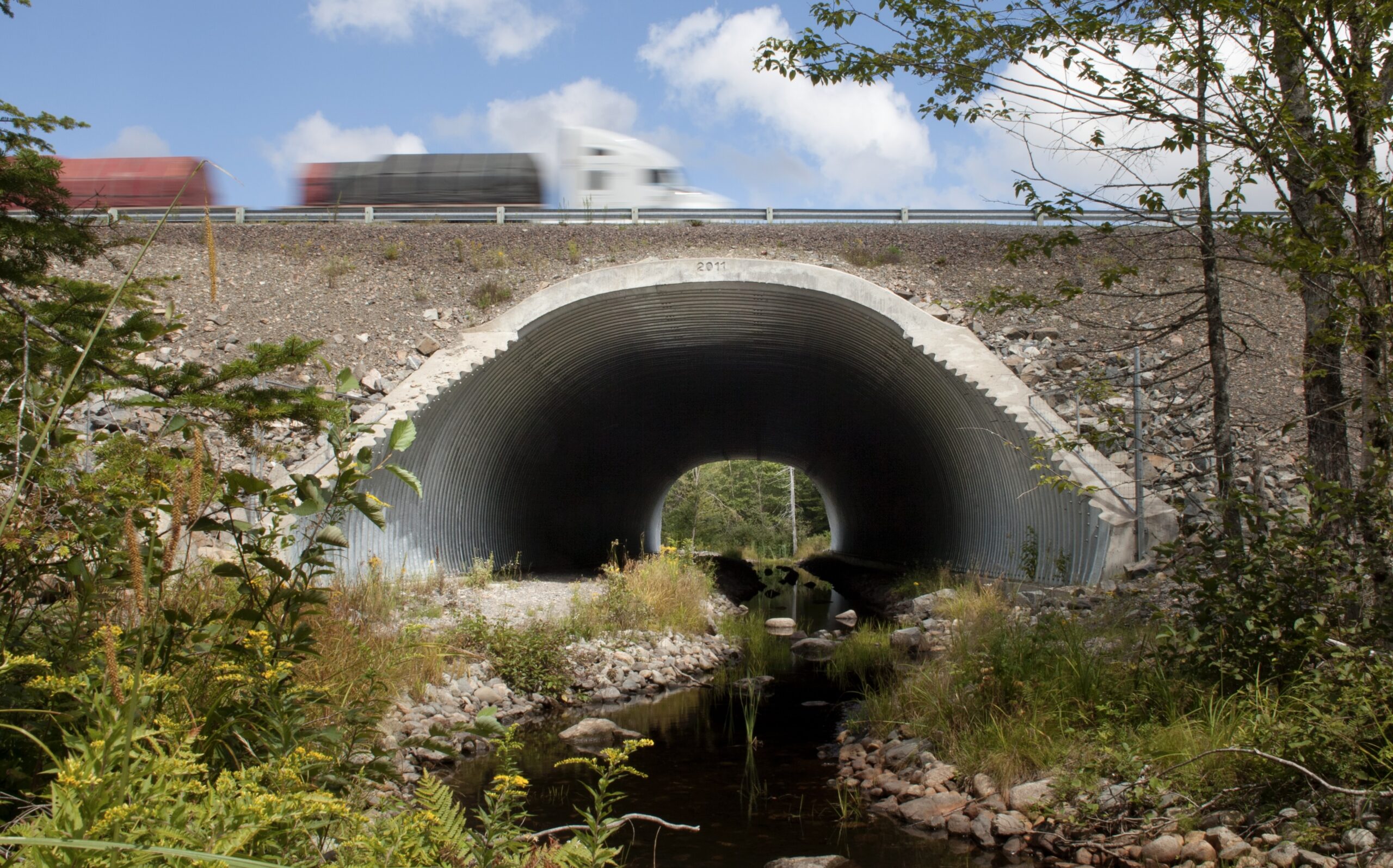Wildlife-vehicle collisions cost Americans over $8 billion annually.
“Every 26 seconds – or less – a driver hits an animal, making highways one of the greatest barriers to wildlife movement in the United States. In addition to killing 1-2 million large animals every year, these collisions cause 200 human fatalities and over 26,000 injuries, at a cost to Americans of more than $8 billion annually. Road mortality is also a serious threat to 21 endangered and threatened species. The good news is there are proven solutions to this problem: Placed in areas of known wildlife movement, wildlife crossing structures with associated elements such as fencing, have been shown to reduce motorist collisions involving wildlife by up to 97%.”
– ARC: Wildlife Crossing Success Stories
Proven performance in highway animal crossings
With a successful project pedigree spanning over 60 years, The AIL Group is your go-to partner for all types of wildlife crossings. Our wildlife crossing engineering and design teams have worked closely with top authorities on wildlife behavior, migration corridors and safe wildlife passage design. This has included many years of interactions, workshops and conferences with organizations like Y2Y (The Yellowstone to Yukon Conservation Initiative) and ARC (Animal Road Crossings), an interdisciplinary partnership working to facilitate new thinking, new methods, new materials and new solutions for wildlife crossings.

AIL’s wildlife overpasses take the high road on habitat connectivity

The project in this video features twin 78′-span Ultra-Cor Arches, each capable of handling three lanes of traffic. Beveled ends contour with the natural slope while earthen berms on top protect wildlife from highway sight lines and vehicle headlights. Over seven miles of wildlife fencing help funnel the wildlife toward the overpass. This project has won several transportation and environmental innovation awards and has been written up in publications such as Fast Company, Planetizen and Y2Y.
Wildlife overpass installed with minimal disruption to traffic in British Columbia
This crossing was deemed time sensitive as about 10% of the bighorn sheep population in this area was being lost to vehicle strikes every year. Installation of the crossing overcame several constraints: it had to be installed over live traffic with limited lane drops and four-hour nightly shutdowns, poor bearing capacity of the foundation soils and a limited budget, with the project being somewhat donor-driven. This video was taken as the crossing neared completion.
Wildlife crossings reduce large mammal collisions by 80% in Banff National Park
We are proud to have partnered with Canada’s Banff National Park on making their highways safer for all. Banff is a world leader in wildlife crossings, with wildlife-vehicle collisions being reduced by more than 80%. In fact, Banff has more wildlife crossings than any other area in the world and is a key component of the Y2Y Initiative to create an interconnected system of wild lands and waters, harmonizing the needs of people with those of nature.
And our animal underpasses keep wildlife-vehicle collisions low
Wildlife underpasses, like these examples from our project portfolio, are safe and effective solutions to maintain habitat connectivity and reduce wildlife-vehicle collisions. In some cases, they are combined with stream crossings as shown below.
Put our expertise in the design of effective wildlife crossings to work for you.
For more information or project assistance, call toll free 1-865-895-0642.
